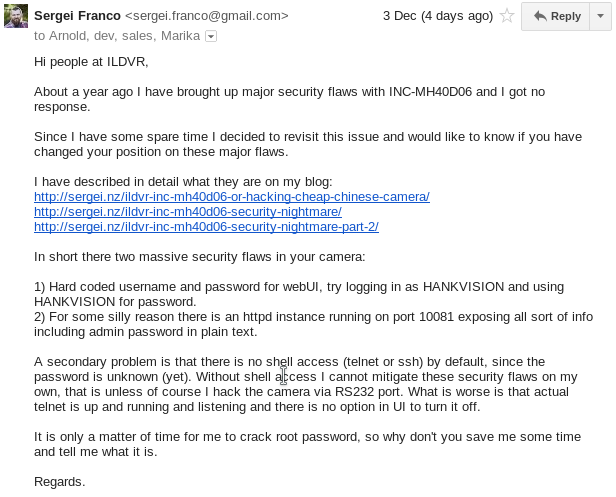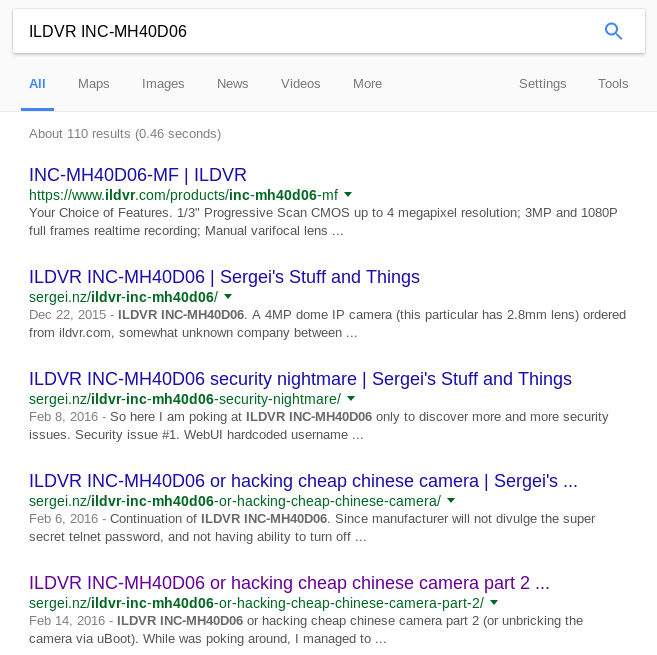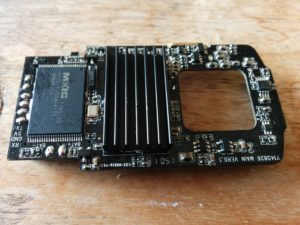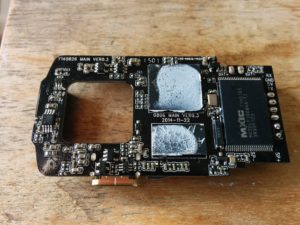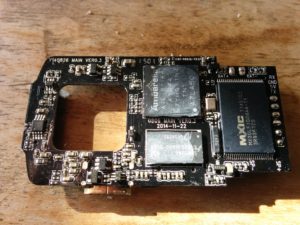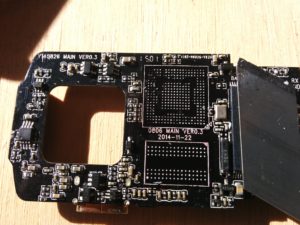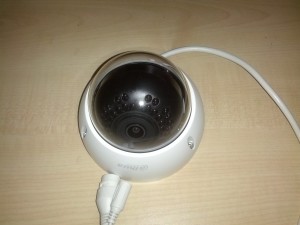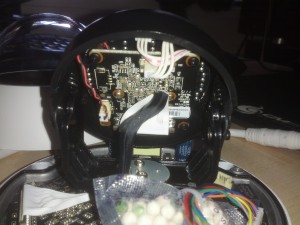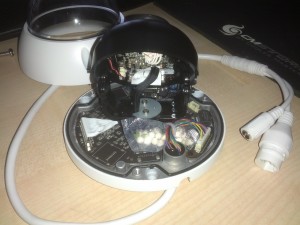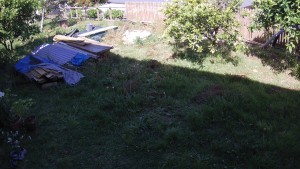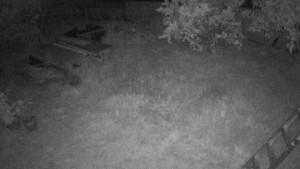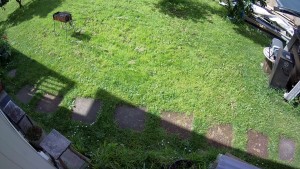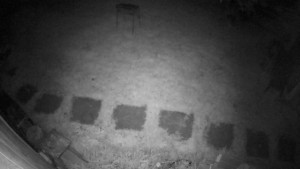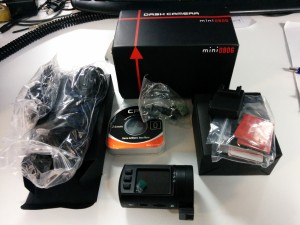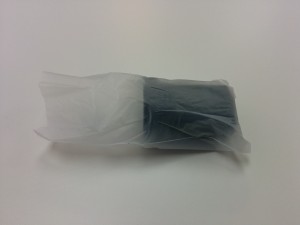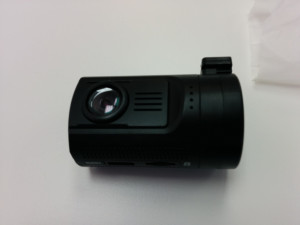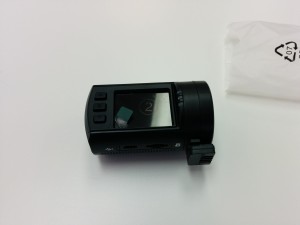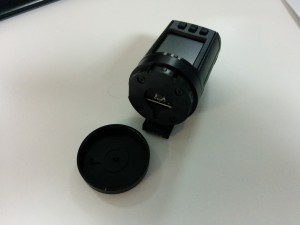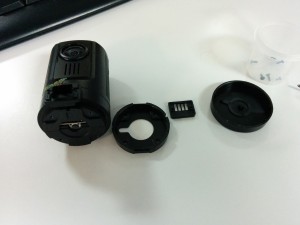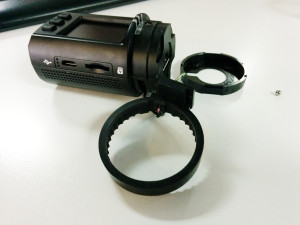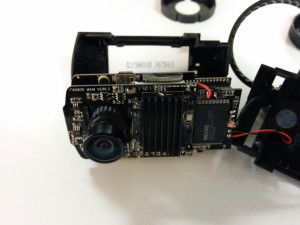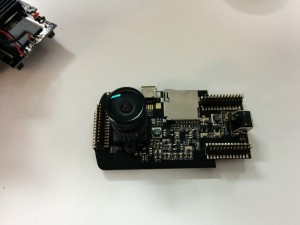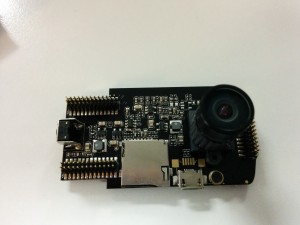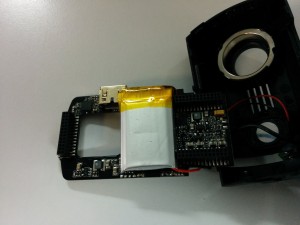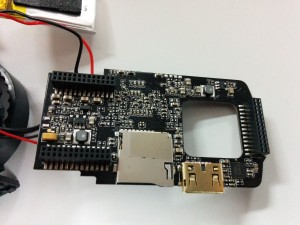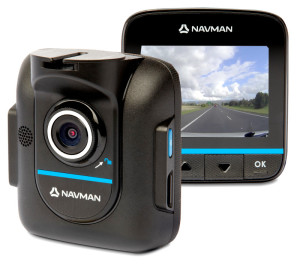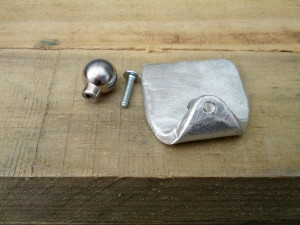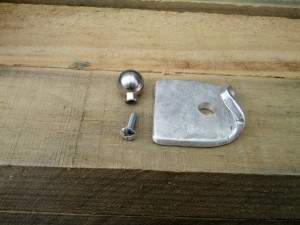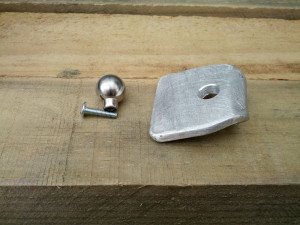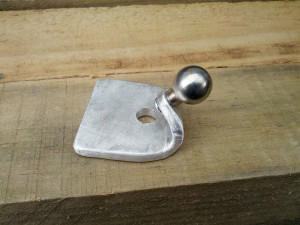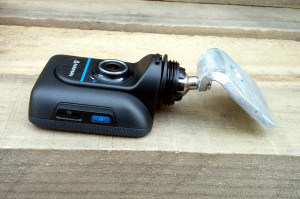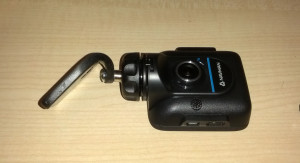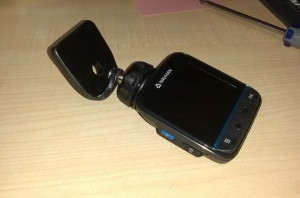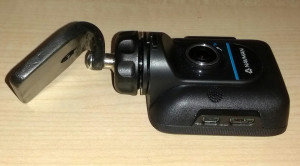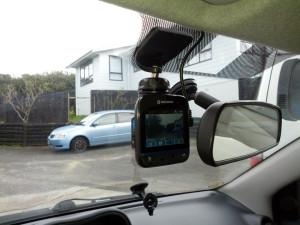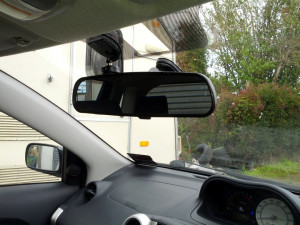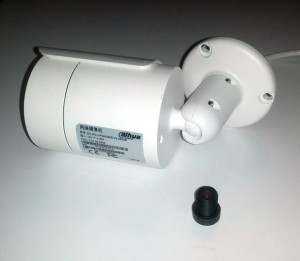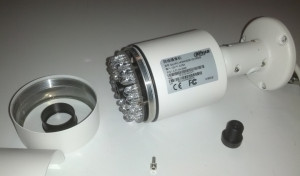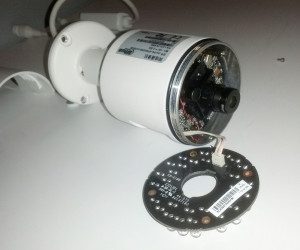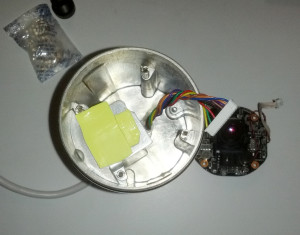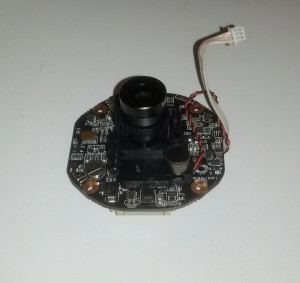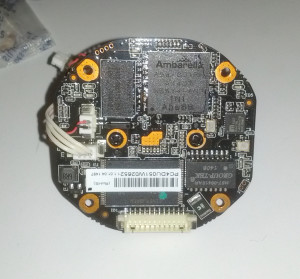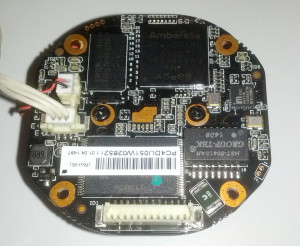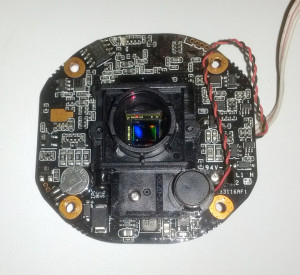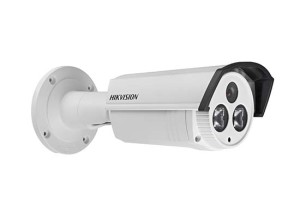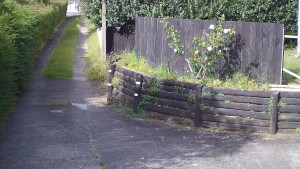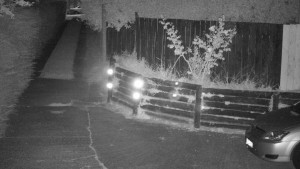This is how you buy genuine Hikvision cameras in New Zealand:
You don’t.
All I wanted to buy is a genuine Hikvision camera locally (with correct Language flag set in firmware, and basic support).
I went onto global Hikvision website and checked listed distributors for New Zealand. I also e-mailed Hikvision regarding the New Zealand distributor.
The Hikvision website lists Atlas Gentech as their distributor. This was confirmed via email as well.
From quick look on Atlas Gentech website it appears that they are deal with trade only (ie wholesale shop).
I have contacted Atlas Gentech, and they confirmed that you need to be a company to deal with them.
They provided me with couple of their customers I could enquire regarding buying Hikvision cameras.
Both of the contacts given were security companies (not a retail shop), as well as what appeared to be “one-man” operations. The security companies naturally have no interest in selling hardware to customers, they are more naturally inclined to sell services (ie. installation and monitoring). There is simply a conflict of interest there to start off.
I have contacted these companies. Only one responded.
Originally I have enquired about DS-2CD2032-I with 12 mm lens. I have been told that it is unavailable and was given two options:
DS-2CD2232-I5 for approximately $700NZ + GST (~$620USD). BTW I have bought DS-2CD2232-I5 from Aliexpress for $95USD. The most expensive DS-2CD2232-I5 on Amazon was around $240USD, while the US version (with correct language flag) is sold around $170USD.
and DS-2CD4232FWD-I a vari-zoom/vari-focal camera for approximately $1200 + GST (~$1073USD). The DS-2CD4232FWD-I can be bought for about $400 USD on Aliexpress.
The camera bought from Aliexpress physically does not differ from cameras that being sold here. The only difference is the language flag (which is fixable), and obviously support/CGA.
I also found that the Aliexpress sourced camera can be bought on trademe for $250NZ ($194USD).
I had expectations of paying maybe 2 times of the US Version, the expectations were completely shattered when Atlas Gentech confirmed that quoted $700NZD + GST was reasonable (and not bullshit RRP price). lets assume that US Version retails for $200USD (a bit higher than $170USD on Amazon). The $620USD is over 3 times of the retail price of US Version.
Remember when camera sold on Aliexpress for $95USD the Alixpress makes a cut, the seller on Alixpress makes a cut and the Hikvision still makes a profit. Looking at the cost of Ambarella SoC (wholesale around $20USD), the cost of making the camera is around $40-50USD. Selling camera for $620 USD is pure greed.
Hikvision is blatantly ripping off New Zealanders, because they can. Shame on you Hikvision for doing so, and shame on you for artificial differentiation of the markets by setting the language bit. Geo-locking in Internet world is stupid and futile.
Shame on you Hikvision for violating GPL as well, since when I bought the cameras there was no mention of the licence, and the camera definitely uses GPL licensed software. The GPL code requests were fallen to silent ears. This company is behaving like a greedy parasite, taking from community and not giving anything back.




